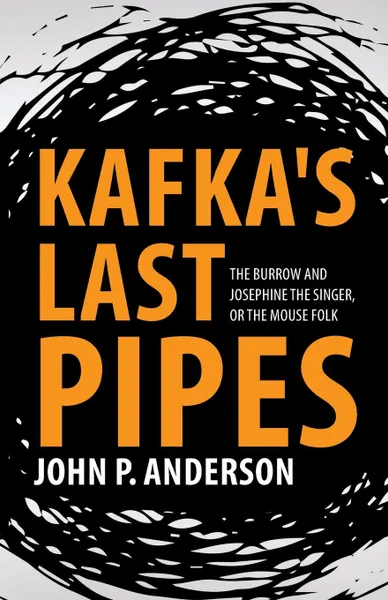Kafka.s Last Pipes. The Burrow and Josephine the Singer, or the Mouse Folk 14+
Автор: John P. Anderson
232 страницы
Категория: Литература на иностранных языках
ISBN: 9781627340823
Язык: Английский
📗 Fresh from the twilight zone of Kafka's The Metamorphosis, this non-academic author treats on a line by line basis two of Kafka's last stories, stories written while he was wheezing with tuberculosis. Not surprisingly, these stories features pipes, just what Kafka was thinking about all the time while he was bed ridden, his sore pipes. Kafka experienced the threat of death at the same time as he experienced the love of his life with Dora Diamant. In these two stories Kafka spot-lights fear and love, the most basic human issues and those that had taken possession of Kafka's life. Fear and love in the lives of a mole-like creature alone in a burrow and mice in a crowded colony. In stories with no humans, Kafka teaches us what is most important in being human.
The Burrow examines fear-based isolation of a mole-like creature living all alone in his underground burrow. The only connection with others is fear-based taking, taking by claws and teeth. You are either the diner or dinner, never a guest or host. You are alone but not independent because fear eats your life possibilities independence could give. You are your own worst enemy.
Josephine the Singer features love-based giving through art, Kafka's last word on the purpose of art. Like a loving parent giving to her child, the artist mouse Josephine attempts to inspire independent individuality in other mice in the colony through the example of her unique and spontaneous singing. This she gives free of charge. Because of fear of survival stoked by the colony leadership, the rest of the mouse collective hears her singing as a mouse but not as an individual. They remain in fear-based group think with reduced life possibilities.
In both stories, the issue is the effect of fear or love on independent individual identity and life possibilities. For Kafka, this was the uber human issue as he prepared to meet his maker.
The Burrow examines fear-based isolation of a mole-like creature living all alone in his underground burrow. The only connection with others is fear-based taking, taking by claws and teeth. You are either the diner or dinner, never a guest or host. You are alone but not independent because fear eats your life possibilities independence could give. You are your own worst enemy.
Josephine the Singer features love-based giving through art, Kafka's last word on the purpose of art. Like a loving parent giving to her child, the artist mouse Josephine attempts to inspire independent individuality in other mice in the colony through the example of her unique and spontaneous singing. This she gives free of charge. Because of fear of survival stoked by the colony leadership, the rest of the mouse collective hears her singing as a mouse but not as an individual. They remain in fear-based group think with reduced life possibilities.
In both stories, the issue is the effect of fear or love on independent individual identity and life possibilities. For Kafka, this was the uber human issue as he prepared to meet his maker.
Мнения
